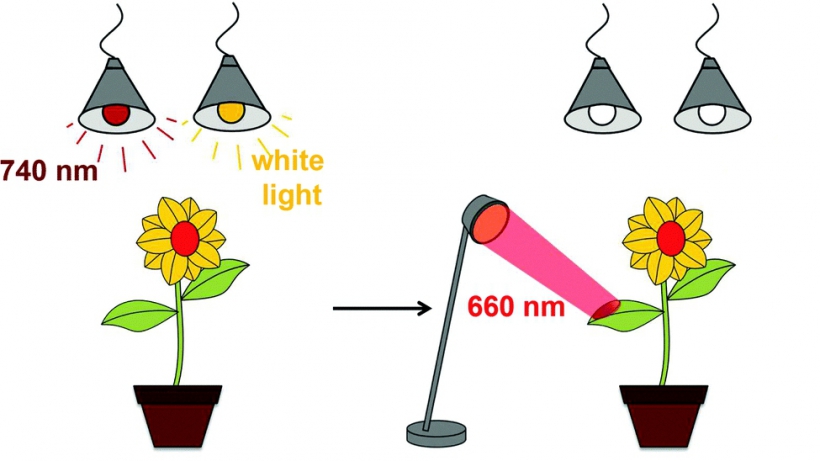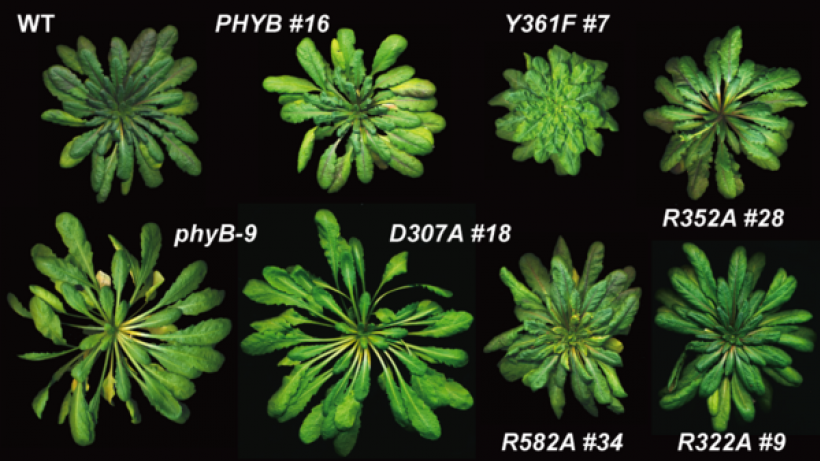Welcome to the Huq Lab website
In the Huq lab, we are trying to understand how plants sense, interpret and respond to environmental light conditions. Light is not only essential for photosynthetic energy production, but also functions as one of the most important environmental factors affecting plant growth and development. A dark grown plant has a long hypocotyl, closed cotyledons and unopened hooks (called skotomorphogenic development). Light dramatically changes the growth and development including shortening of hypocotyls, expansion and greening of cotyledons (called photomorphogenic development) through changes in gene expression. Our research is aimed at understanding the mechanisms of light signal transduction, specifically those pathways mediated by the phytochrome family of sensory photoreceptors that absorb light in the red and far-red region of the spectrum. The phytochrome system, consisting of five members in Arabidopsis (phyA-phyE), controls almost every aspect of the plant life cycle including seed germination, seedling establishment, greening process and flowering time. To understand early phytochrome signaling events, phytochrome interacting factors, such as PIF1, have been isolated and characterized. PIF1 is a basic helix-loop-helix (bHLH) transcription factor that interacts strongly with the biologically active form of phyA and phyB. PIF1 negatively regulates seed germination and greening process in light. To relieve this negative regulation, light-activated phytochromes directly interact with PIF1 and induce rapid proteolytic removal of PIF1 through ubiquitin-mediated degradation pathway to promote photomorphogenesis. We are using a combination of biochemical, genetic, molecular and functional genomic approaches to understand the following goals using Arabidopsis as a model system:
- Understand the functions of PIF1 in photomorphogenic pathways.
- Mechanism of light-induced degradation of PIF1.
- Combinatorial control of photomorphogenesis by the bHLH class of transcription factors.
Our research is supported by the National Institute of Health (NIH), National Science Foundation (NSF), Human Frontier Science Program (HFSP) and US-Israel Binational Foundation (BSF).





